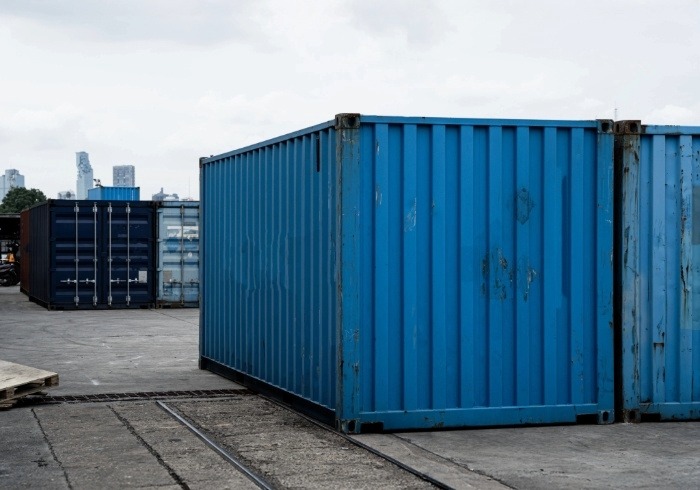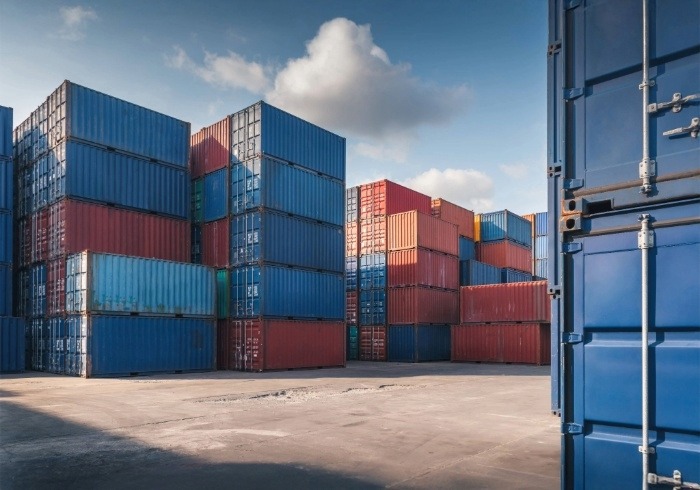Increased compliance demands, and the difficulty of extracting data from complex information sources, means traditional, manual control models are no longer efficient. Madhav S Goparaju, Global Transaction Banking Leader at Ernst & Young Solutions LLP, explains how digitised trade data and analytics can be used to improve operational controls.
Trade finance is facing increased regulatory scrutiny around controls to counter money laundering, terrorist financing and sanctions breaches. The driver for this increased regulatory activity is the inherent complexity of trade transactions, huge volumes of trade flows and increasingly effective controls at banks to counter more traditional methods of money laundering.
Banks are now expected to apply stiffer standards of Know-Your-Customer (KYC), extending their responsibilities to know the entire end-to-end underlying trade behind each finance transaction. The resulting longer screening checklist can include verifying all the counterparties involved, and determining the nature of the goods, requiring banks to search a very wide variety of information sources.
Traditionally, banks have responded to increased regulatory requirements by adding more manual controls. These have included screening named parties within transaction documents, performing independent vessel and container checks and introducing extra maker and checker procedures for high-value transactions.
Monitoring trade transactions is inherently difficult, given that much of the data supporting trade finance and supply chain comes in unstructured formats and also there are many different types of transactions. These complexities and a largely manual control model combine to risks of inadvertently engaging in business with sanctioned entities and missing potentially suspicious activities. Existing technology solutions do very little to address these challenges. Such solutions struggle to interpret semi-structured and unstructured data and do not integrate with existing AML, sanctions and KYC systems.
In the current climate of low margins, falling commodity prices and flat trade growth trends, banks cannot continue with this control model. They will need to standardise and automate operational controls by leveraging developments in digitisation.
Digitisation: big data and analytics
Big data allows banks to glean intelligence from large volumes of structured and unstructured data by enabling information convergence from data sources including: transaction origination, email correspondence, PDFs, call centre logs, images, and public sources. Optical Character Recognition (OCR) technology makes text computer readable from scanned image sources and matched against databases.
These types of big data techniques help improve operational controls and reduce banks’ reliance on manual controls by:
Providing access to previously inaccessible unstructured data
Integrating different data sources and significantly reducing the time to collect data, helping to improve agility by speeding up decision making
Using more and different types of data, reducing the number of false positives
Supporting a risk-based approach that provides insights into underlying trends and detects suspicious patterns
Moving from a good to great control environment can only be achieved by adopting big data management and related new technologies. Banks that can build more effective operational controls using digitised trade data and analytics will gain a comparative advantage over their peers. These front runners will not only be better equipped to avoid the financial and reputational risks of failing to meet compliance rules, but also become more scalable and be able to provide a consistent client experience. Innovation in trade operations, which has been historically hard to achieve, is now being driven by regulatory pressures.
The views reflected in this article are the views of the author and do not necessarily reflect the views of the global EY organisation or its member firms. EYG no. EK0376.








